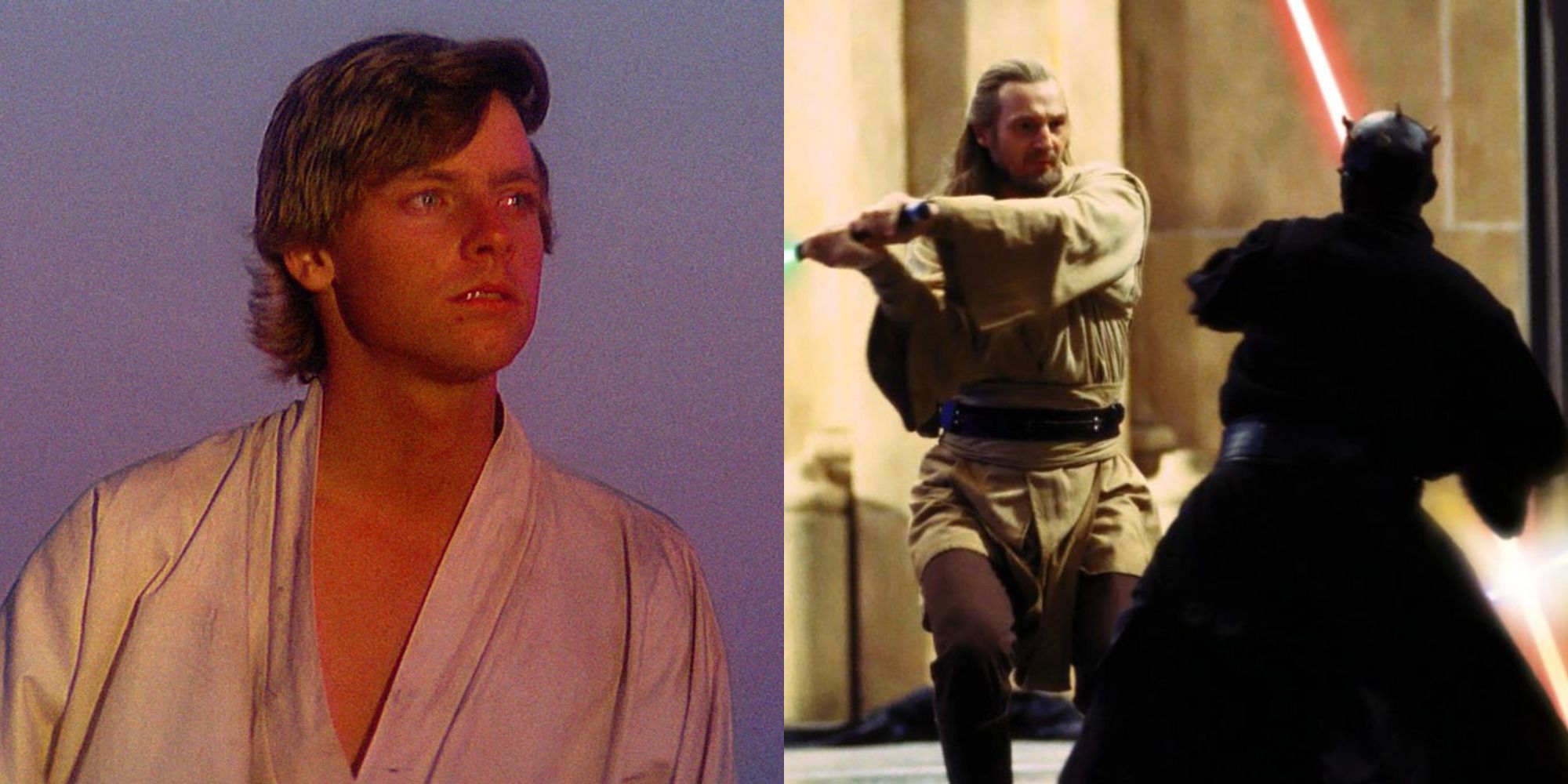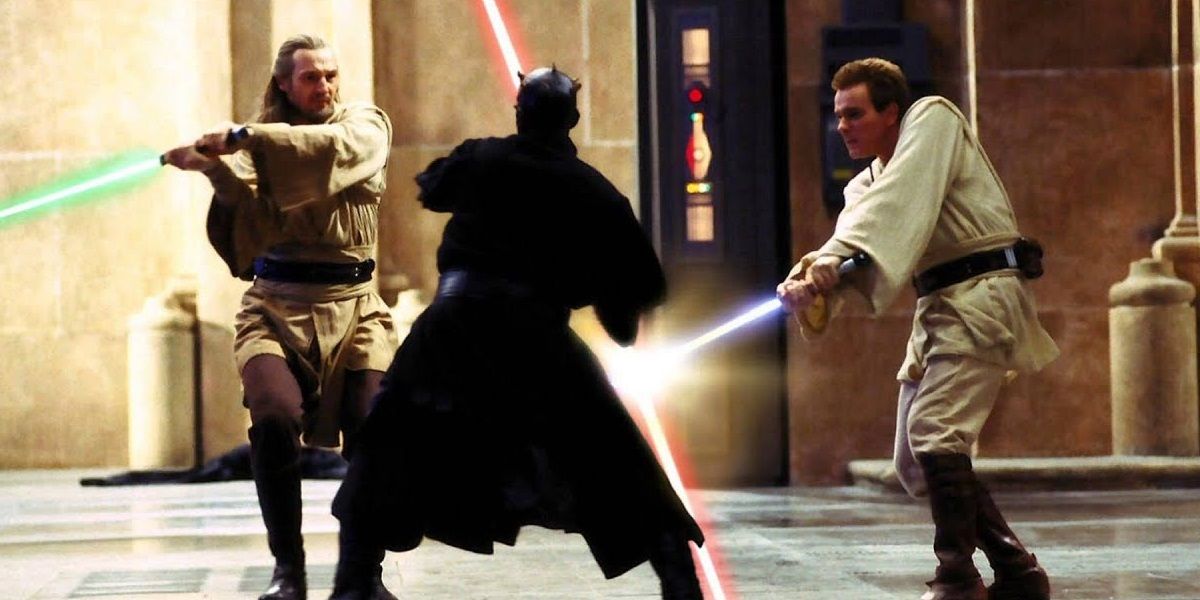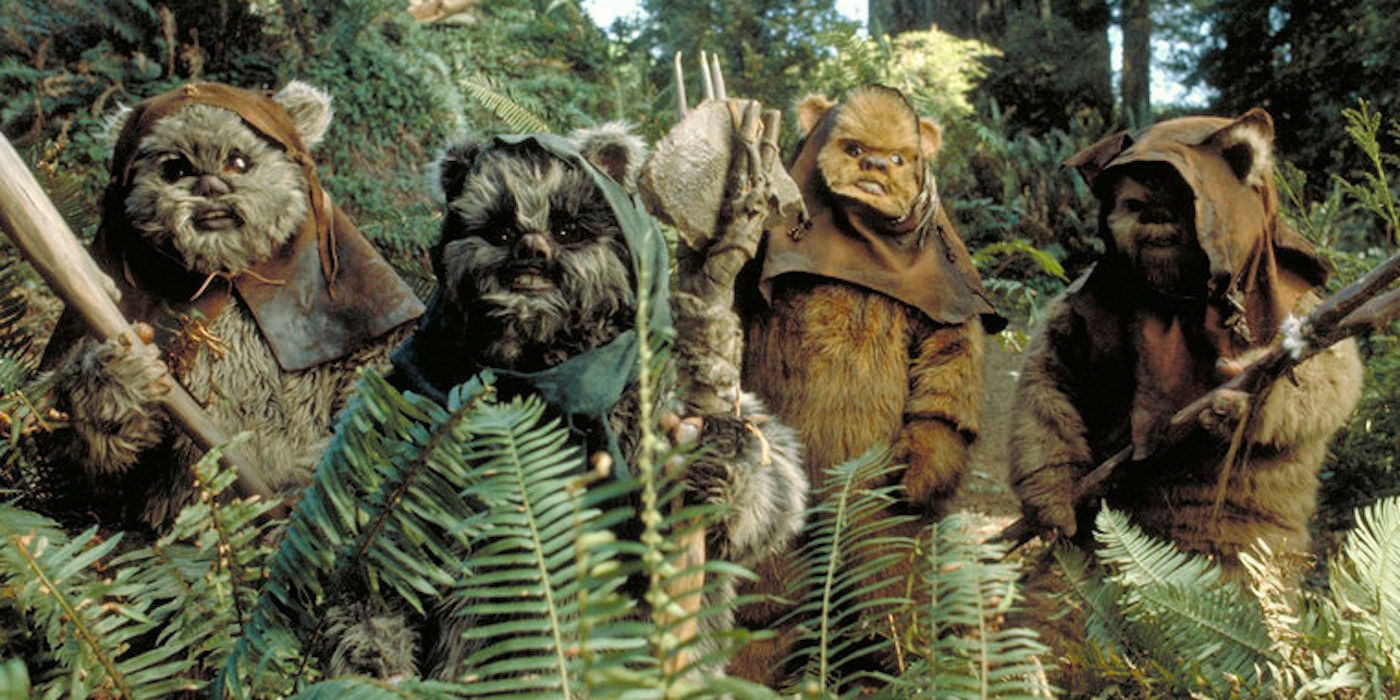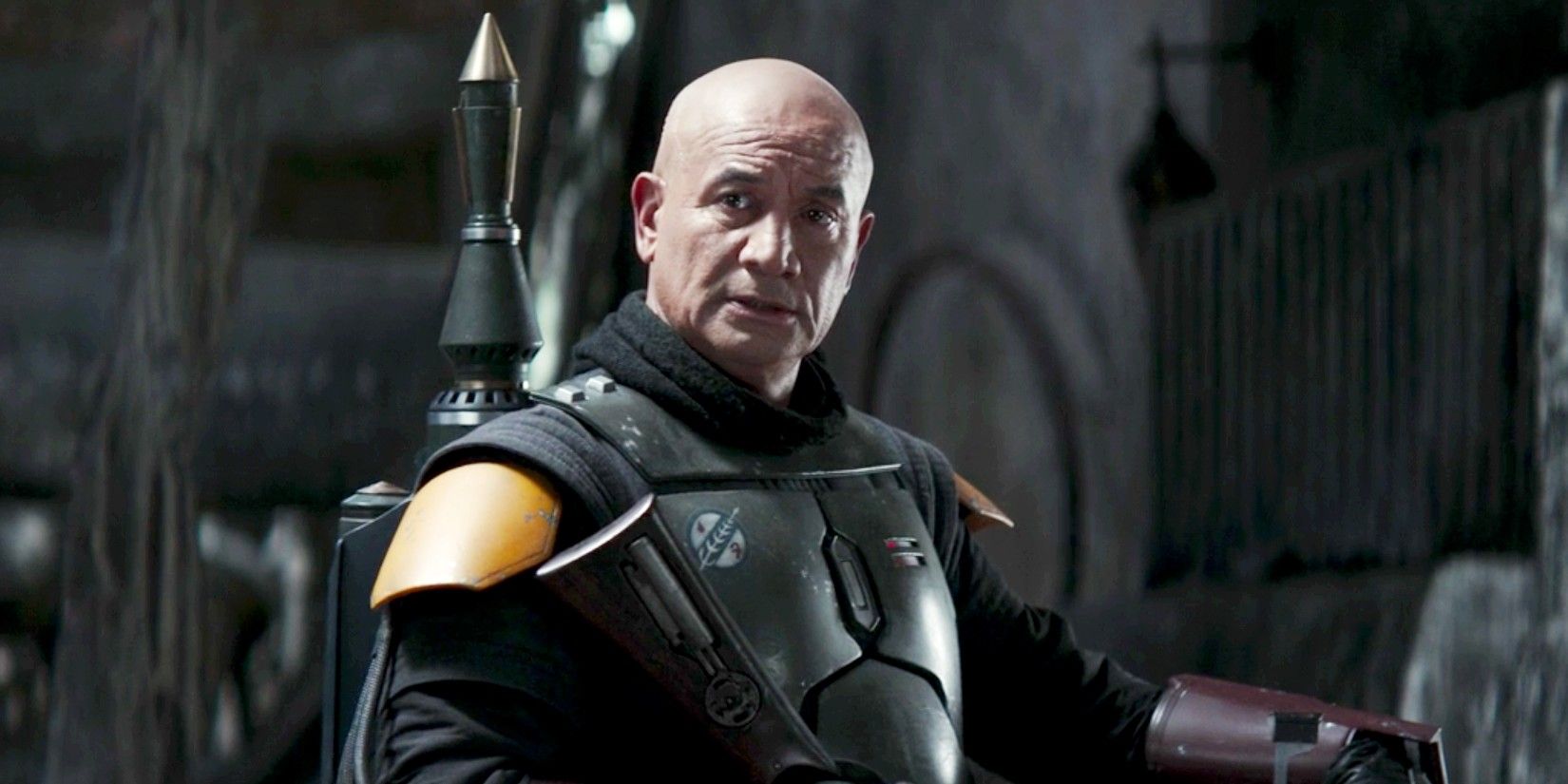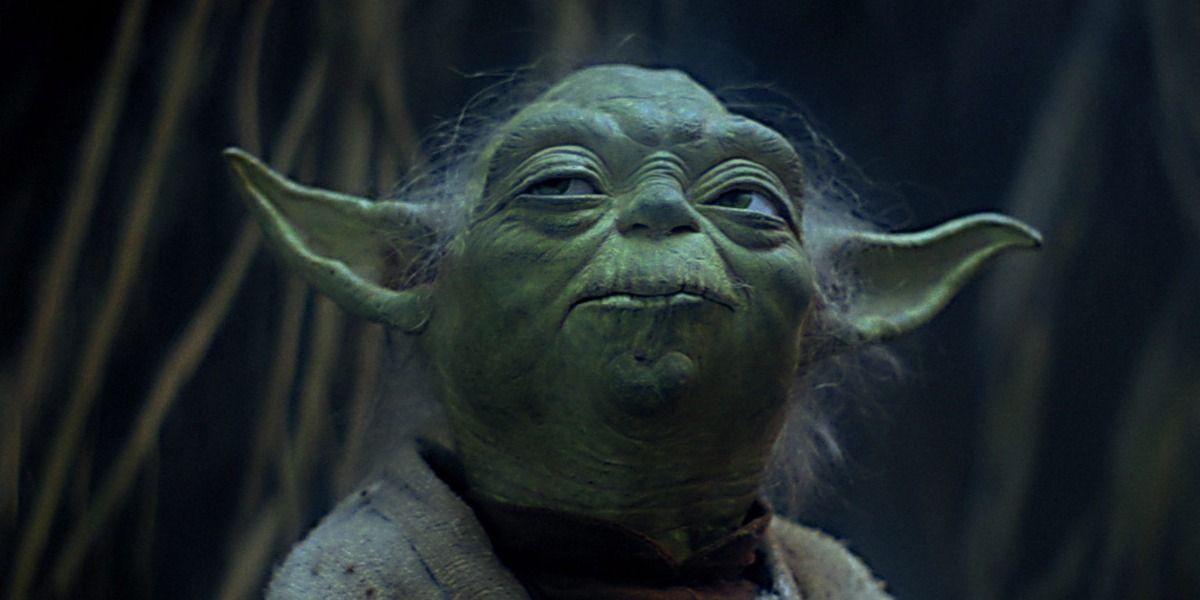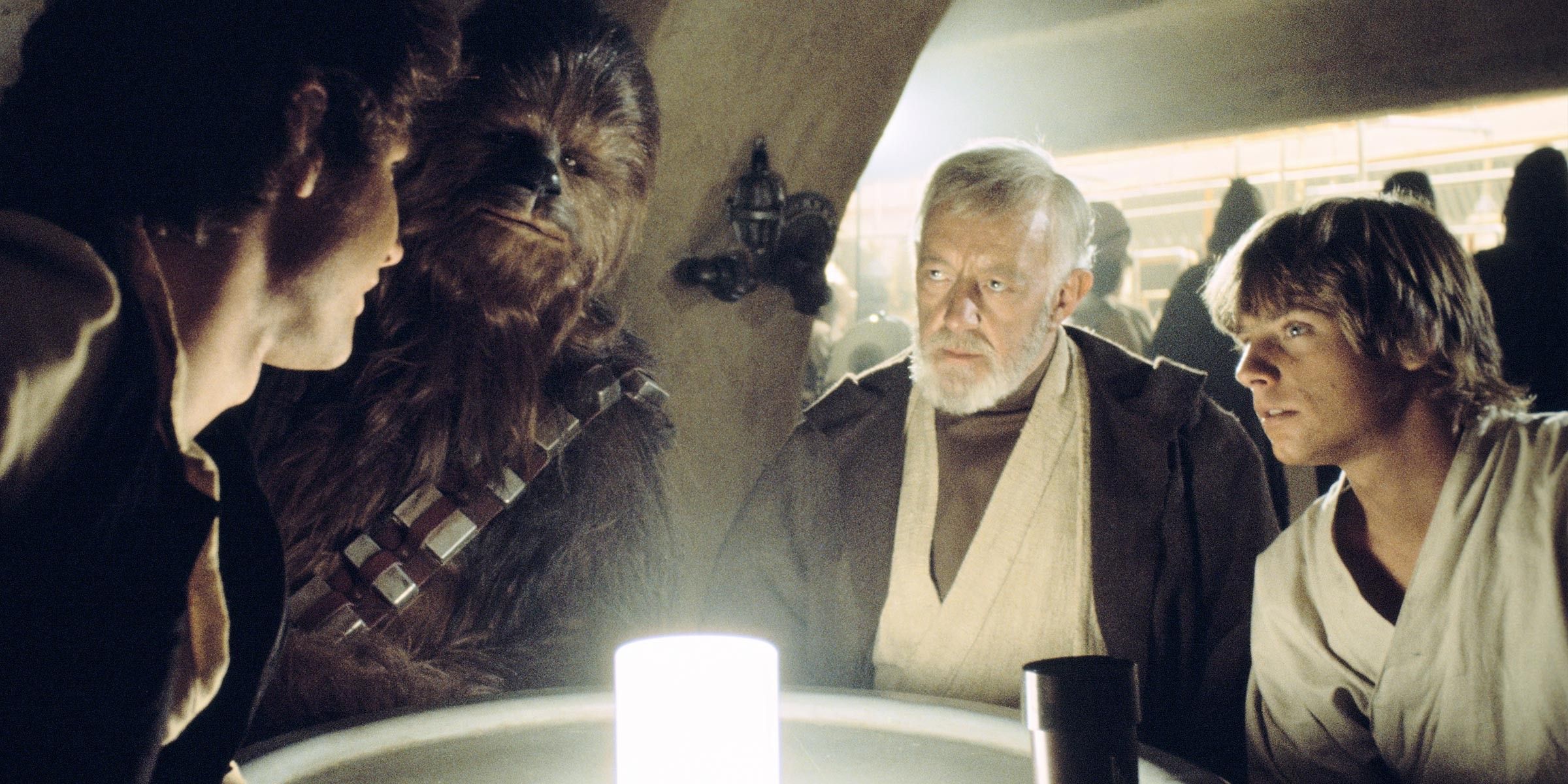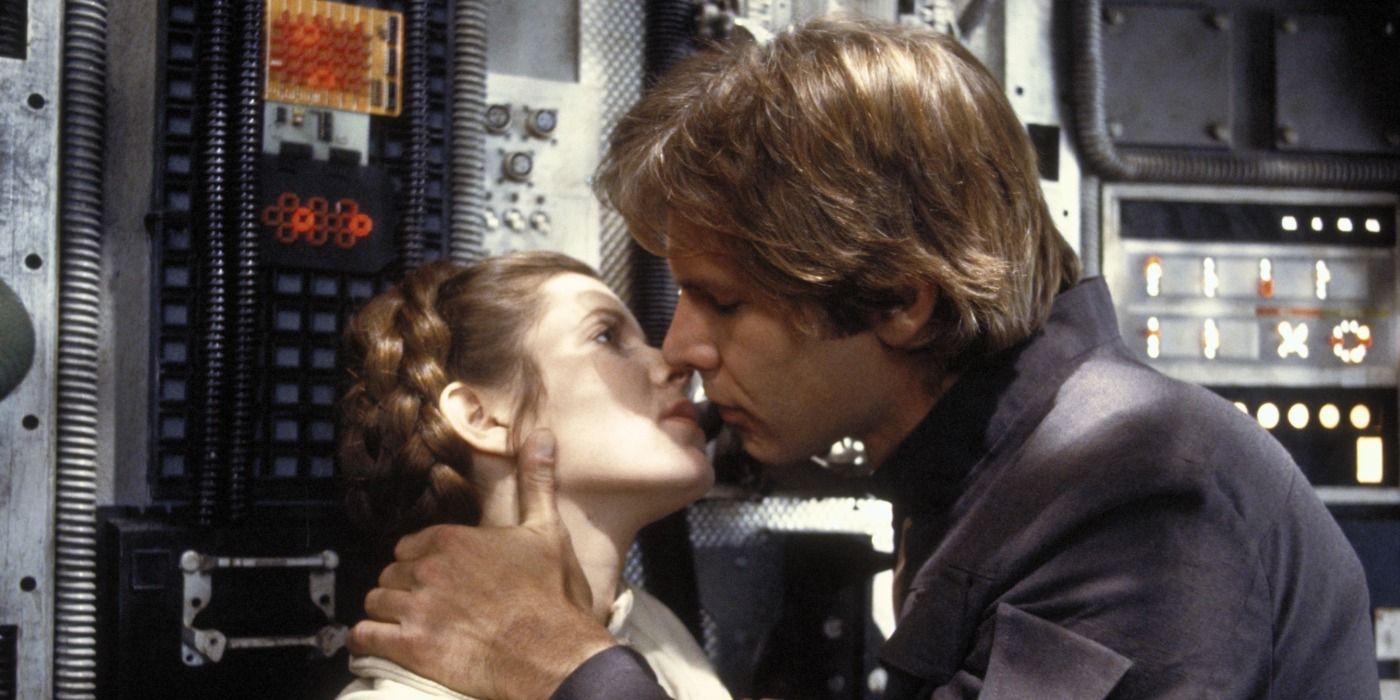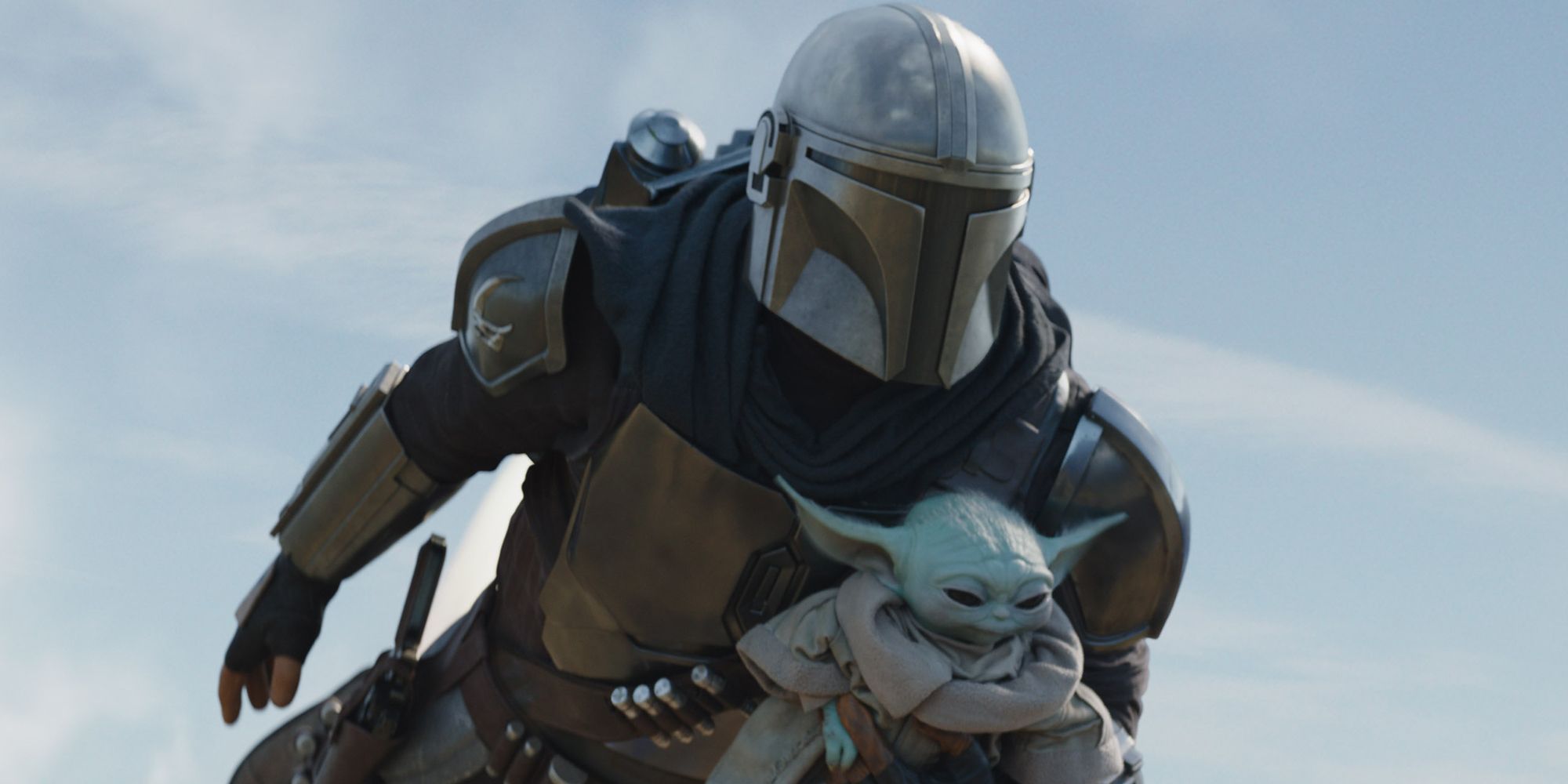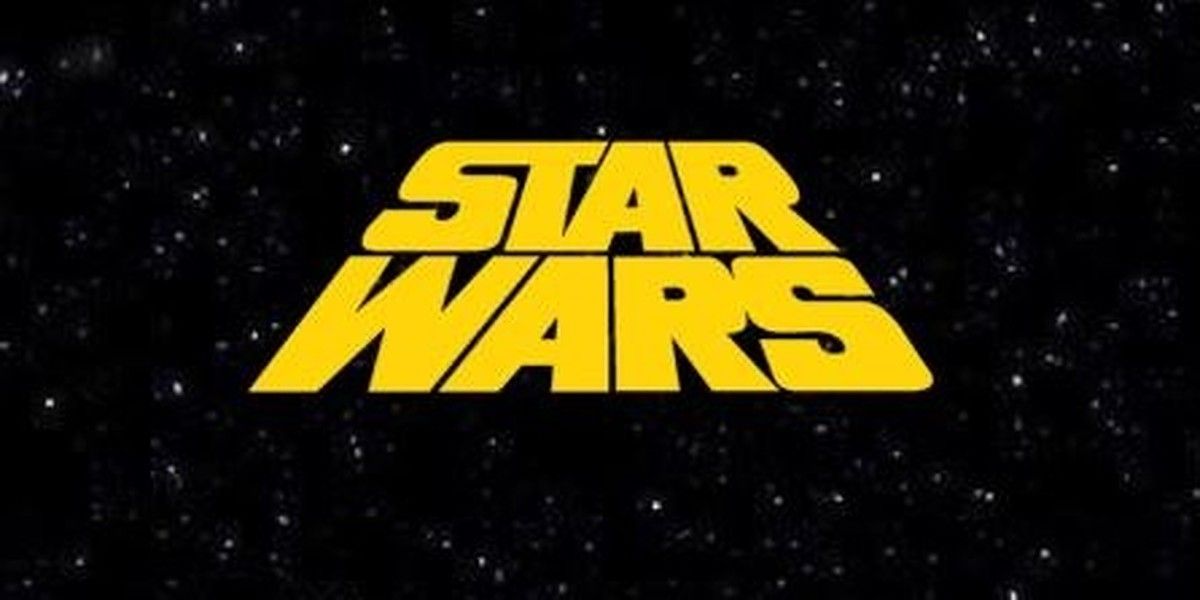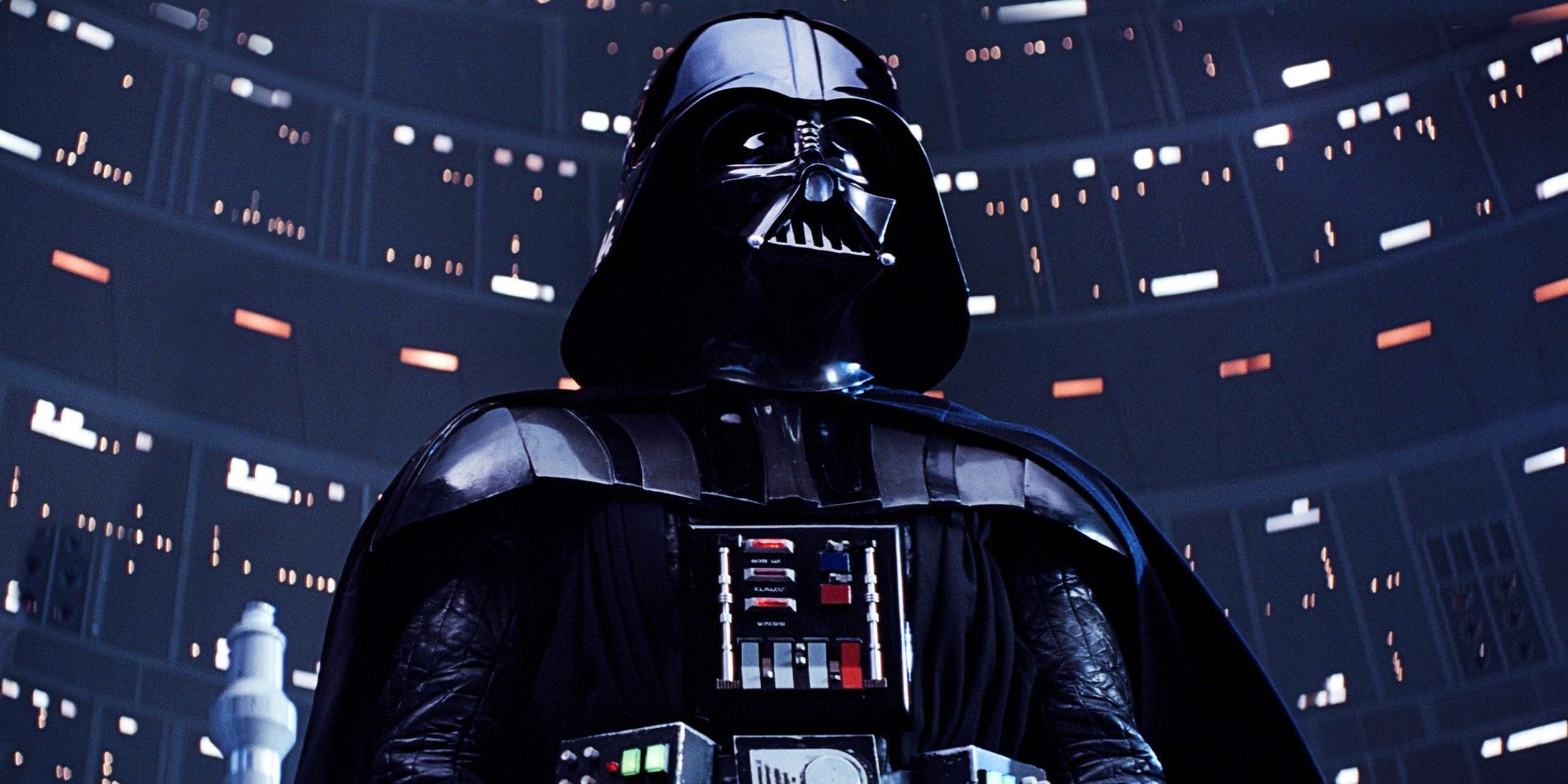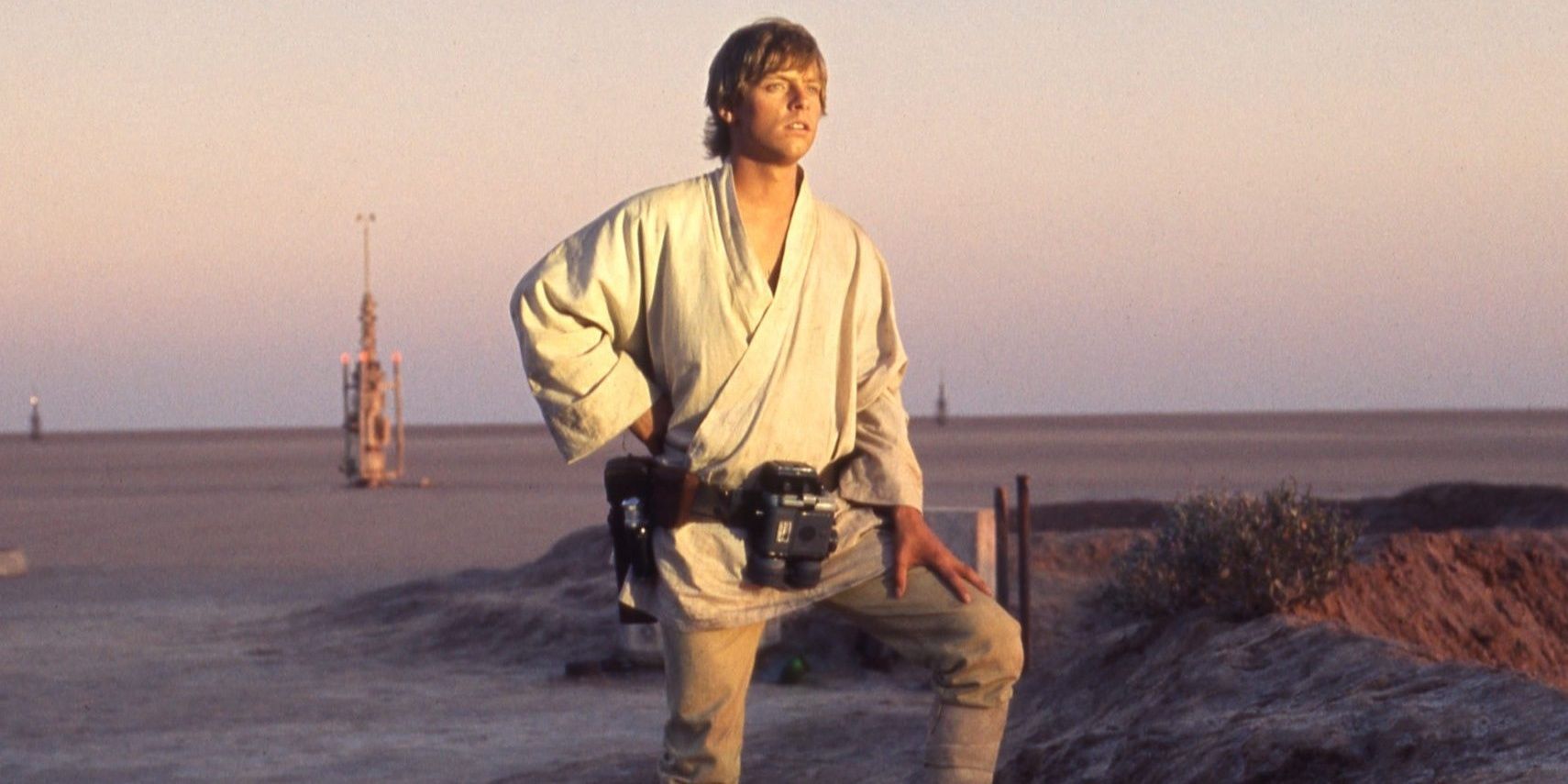There is perhaps no pop culture universe more connected to its musical score than the collection of planets, races, and cultures that make up the world of Star Wars. Its film and TV canon is brimming with musical themes that instill the narrative with life.
The Book of Boba Fett, which just concluded its first season, did not disappoint in this regard, and with the much-awaited arrival of Obi-Wan Kenobi on May 25th, fans can expect to get their auditory fill once again. Until then, let's appreciate the sonic soundscape of a Galaxy, Far, Far away...
Duel of the Fates
The answer to the question: what would it sound like if John Williams went back in time and scored the film Excalibur. With its use of a choir to power its rising crescendo, the "Duel of the Fates" is a perfect accompaniment to the showdown between Darth Maul and Qui-Gon Jinn, and eventually, Obi-Wan Kenobi.
More frenetic than the other musical themes on this list, it makes for a pulsing, anarchic beginning to the Skywalker saga, an introduction to a stable world that will soon fall into chaos. Easily the best part of The Phantom Menace, the "Duel of the Fates" does its best to make up for a series of errors the Star Wars movie made.
Ewok Celebration
The "Ewok Celebration" is exactly what the viewers might think it is: a joyful sing along that sounds like something out of The Muppet Show, sung in an unintelligible language by stuffed animals. Eschewing the orchestral pomp and circumstance of most John Williams songs, it epitomizes what makes the Star Wars universe so great; that it's an actual universe with a variety of cultures that should be respected and appreciated.
Similar to Tolkien's Hobbits--though far more lucrative in the 80s toy market--the Ewoks are a reminder that you don't have to be a Force wizard or action hero to make a difference, and that its the simpler things, like food, family, and this song that make the universe worth fighting for.
The Book of Boba Fett Main Theme
As one of the two non-John Williams songs, Ludwig Göransson's theme for the bounty hunter-turned-daimyo of Mos Espa is inspired by the tribal traditions of Tatooine's Tusken Raiders.
Its spiritual chants, pounding drums, and low bass notes bring the listener back to Boba and his humbling trial on the sands of the Dune Sea. Not only is Boba redeemed, but so is the Star Wars universe's portrayal of the Tuskens. Once relegated to being barbaric "sand people," this song delivers a fresh perspective into their proud and noble culture.
Yoda's Theme
It's difficult to listen to this song and not be taken back to the swampy confines of Dagobah, introduced in The Empire Strikes Back.
There is a loneliness to the song that foreshadows Luke's future as a Jedi, but more importantly, there's lightness and wonder. The same lightness and wonder that Luke felt when watching a tiny Yoda, who once chided him to not "judge me by my size," lift an X-wing out of the swamp with no more than a lift of his hand. The same lightness and wonder that the audiences all over the world felt when finally understanding the true power of the force. "Luminous beings" indeed.
Cantina Band
An earworm of a song whose jazzy rhythms and steel drum percussion beautifully encapsulate the outworld, speakeasy vibe of Mos Eisley's cantina. Perhaps the most iconic scene in the Star Wars canon--which is saying something-- when Luke enters the cantina, audiences are introduced to a motley crowd of dive bar denizens from throughout the Star Wars universe (offering everyone the first glimpse of how expansive the world of the story really is).
And when Obi-Wan later slices a would-be attacker's arm off, and the music continues after a brief pause if nothing happened, the audience knows that this isn't exactly one of those hipster bars on the Eastside of Coruscant that Luke has entered.
Love Theme (Han and Leia)
Not to be confused with "Across the Stars," the love theme between Han and Leia evolves from the innocence of "Princess Leia's Theme" into a more mature and robust offering. Full of deep strings and swooning woodwinds, the theme culminates with Han and Leia's first kiss aboard the Millennium Falcon.
Most importantly, Han and Leia's love theme gives romantic ballast to a series that features very few believable romantic relationships.
The Mandalorian Main Theme
Created by Ludwig Göransson, "The Mandalorian Main Theme" succeeds where other new composers have failed (by not trying to replicate John Williams and carving out an entirely new narrative).
The Mandalorian draws from old Westerns and samurai films, and as such, its theme blends Wild West sparseness and open space (with a sense of grand drama) befitting for a man of honor that lives and dies by the creed of a near-extinct race. It is Star Wars from an entirely new perspective and one of the best things since Return of the Jedi.
Star Wars Main Theme
Arguably the greatest opening to any score in film history, the main theme to Star Wars is heavy on swashbuckling brass, trumpeting in no small way to the listener exactly what they should be in store for: an epic space opera.
Its sweeping strings might hint at the softer, more romantic aspects of the story, but make no mistake; this song was composed for adventure. It moves with all the urgency of an X-wing attack on the Death Star, which is important considering it usually accompanies a relatively unexciting and expository opening crawl (a neat trick of an info dump that Star Wars borrowed from Flash Gordon serials).
The Imperial March, Darth Vader's Theme
Ominous and foreboding, "The Imperial March", brings to mind the dark fury of Gustav Holst's "Mars, the Bringer of War," which is fitting considering it also doubles as the theme song for the most significant and powerful character in the entire Star Wars universe.
With its low brass and standard 4/4 march time signature, "The Imperial March" does very little to hide the fascist aspirations of the Empire. As one of the most popular and identifiable themes in the Star Wars canon - used effectively in the ending scene of Attack of the Clones - its power is a sonic testament to the corruptive nature of the dark side of the Force (and symbolized by Darth Sideous' takeover of the democratic Galactic Republic by promising to bring safety and order to a fearful galaxy).
Force Theme
If the "Imperial March" represents the dark side of the Force, the actual "Force Theme" represents the light. Equally as powerful, yet with a beautiful yearning expressed through luscious strings that almost hide its understated force, the song previously thought of as "Luke's Theme" is a vital counterbalance to the overbearing authoritarianism of his father's theme.
It has revealed itself at various times throughout the Star Wars canon. Whether its Luke pondering his future while peering at the setting of the twin suns of Tatooine, Anakin Skywalker redeeming himself by tossing the Emperor to his death, or most recently, Luke saving the Mandalorian and Grogu (AKA Baby Yoda) from the Dark Troopers, the Force Theme has always epitomized the search for good within ourselves and others.

